Gabion wall are a simple yet highly effective gravity retaining structure widely utilized in construction projects. But how many types of gravity retaining walls exist? And which type specifically employs gabions? Join Phu Thanh Phat as we delve into the world of gabion walls in this comprehensive guide.
What are Gravity Gabion Retaining Wall?
Gravity gabion retaining walls, also known as earth retaining walls, are structures built to interface with soil masses behind them, resisting lateral earth pressure. Their primary function is to stabilize soil slopes in embankments or excavations, preventing failures such as landslides and settlement. They find extensive applications in transportation infrastructure, hydraulic engineering, and more.

Types of Gravity Gabion Retaining Wall
Retaining walls can be categorized based on their rigidity and structural configuration.
Classification by Rigidity
- Rigid Retaining Walls: These walls exhibit minimal deformation under gravity loads, primarily experiencing translational and rotational movements. Examples include concrete walls, gabion walls, and masonry walls.
- Flexible Retaining Walls: These walls are prone to significant deformation when subjected to substantial earth pressure. Examples include timber walls, sheet pile walls, and crib walls.
Classification by Structure
Based on their structural composition, earth retaining walls can be classified into four main types:
- Monolithic Walls (concrete, stone, brick, etc.)
- Precast Walls
- Gabion Walls
- Mechanically Stabilized Earth (MSE) Walls
In this article, we will focus on the types of retaining walls that incorporate gabions to gain a deeper understanding of gabion wall systems.
Common Types of Gabion Walls
Gabion Wall
Gabion retaining walls, sometimes referred to as rock-filled gabion walls, are robust and durable retaining structures used in various civil engineering applications such as bridge abutments, dams, riverbank protection, power plants, port facilities, and mining areas. Their primary purpose is to safeguard infrastructure against natural hazards like subsidence, landslides, and floods.

Advantages
- Easy transportation and rapid on-site construction, leading to cost-effective solutions.
- The inherent flexibility of the wire mesh allows for excellent adaptability to diverse environments and terrains.
- Minimizes deformation and displacement during their service life.
- Versatile designs and configurations to suit specific project requirements.
- High load-bearing capacity and stability. Excellent durability, safety, and long service life.
Common Retaining Walls Utilizing Gabions

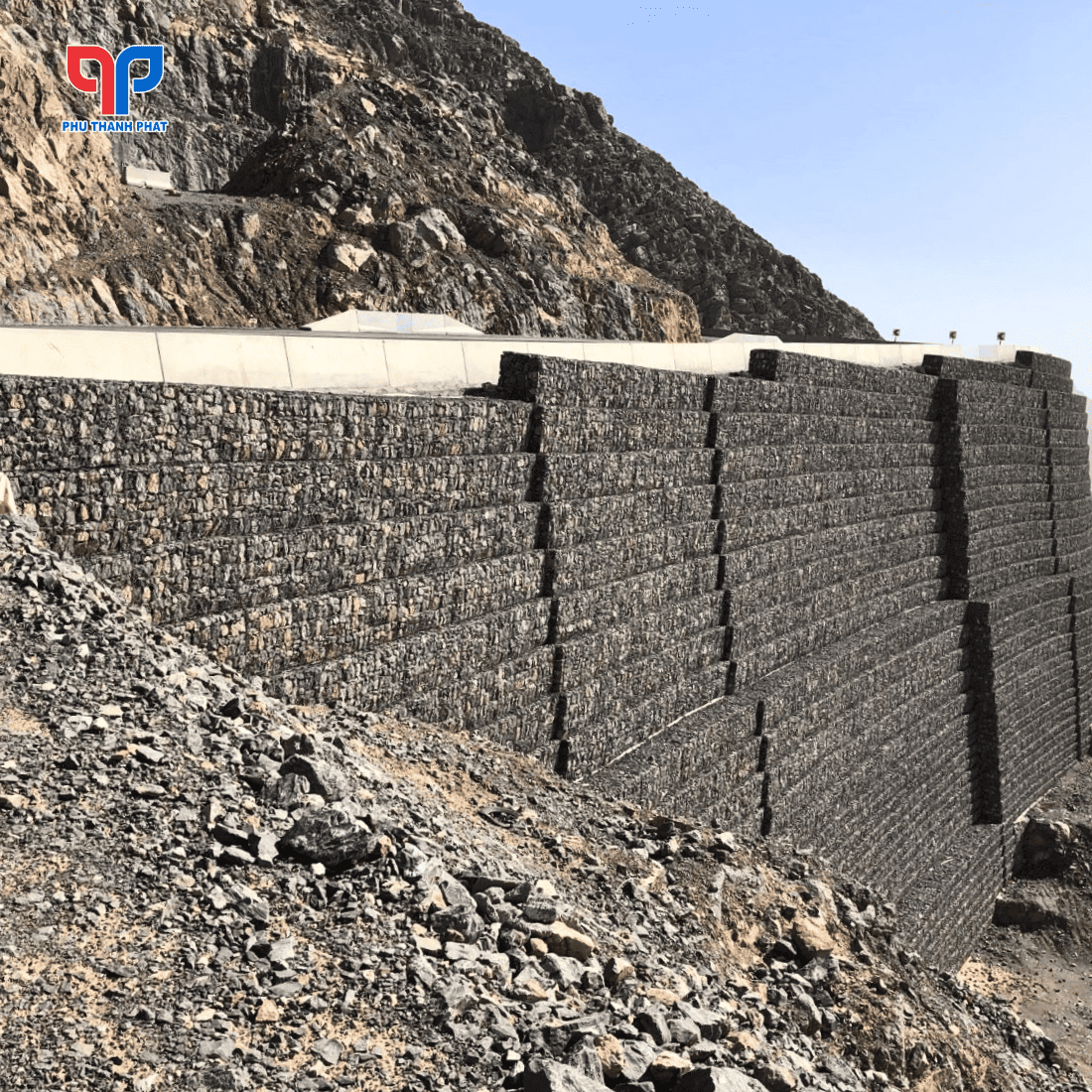

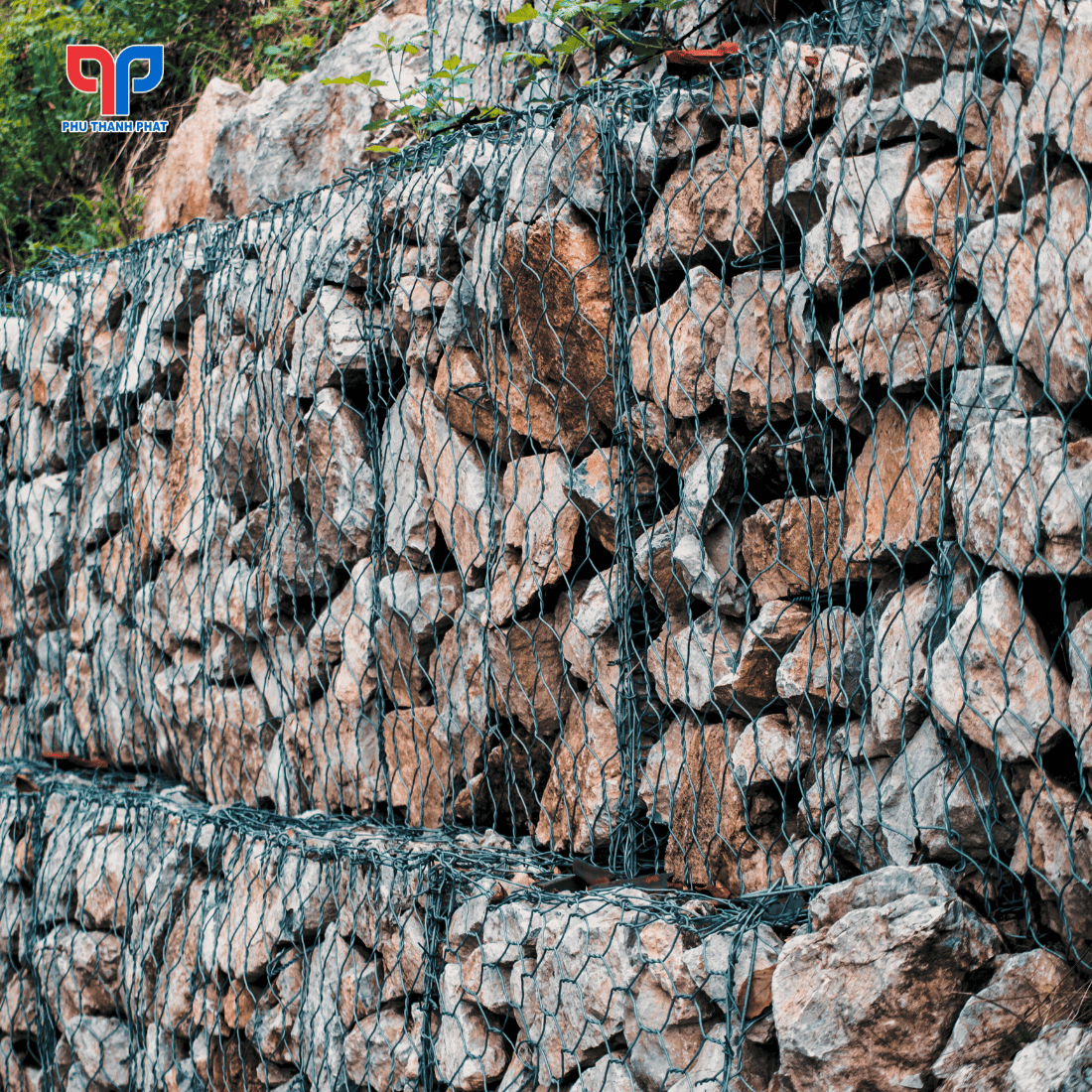
Mechanically Stabilized Earth (MSE) Walls
Mechanically Stabilized Earth (MSE) walls are composite structures comprising compacted backfill soil layers reinforced with tensile inclusions anchored to a facing. MSE walls often integrate geogrids, geotextiles, gabions, and geocells to enhance reinforcement performance. They are widely used in the construction of retaining walls and high embankments with steep slopes to retain soil, prevent erosion, and stabilize slope failures.
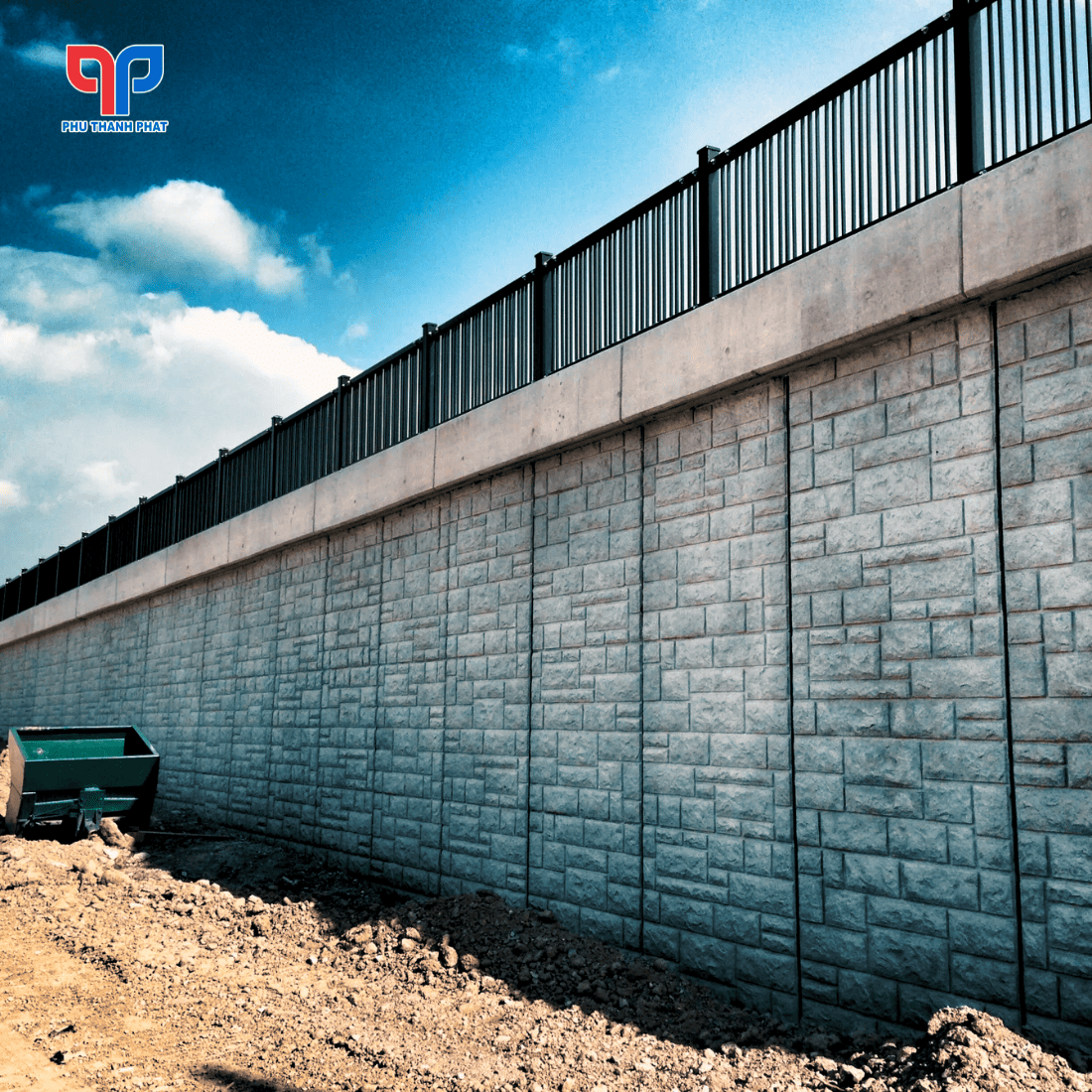
Advantages of MSE Walls
- Environmentally friendly materials, facilitating vegetation establishment on the wall face for a “green” solution.
- Ability to achieve significant wall heights exceeding the limitations of conventional reinforced concrete walls.
- Near-vertical facing slopes up to 90 degrees; wall heights can reach 45-50 meters.
- Adaptable to irregular terrain and curved alignments.
- Less stringent requirements for backfill material quality.
- Rapid and straightforward construction.
- Cost savings of approximately 10-30% compared to traditional solutions.
- Durable materials resistant to natural elements, high tensile strength, low creep, stable, and long-lasting.
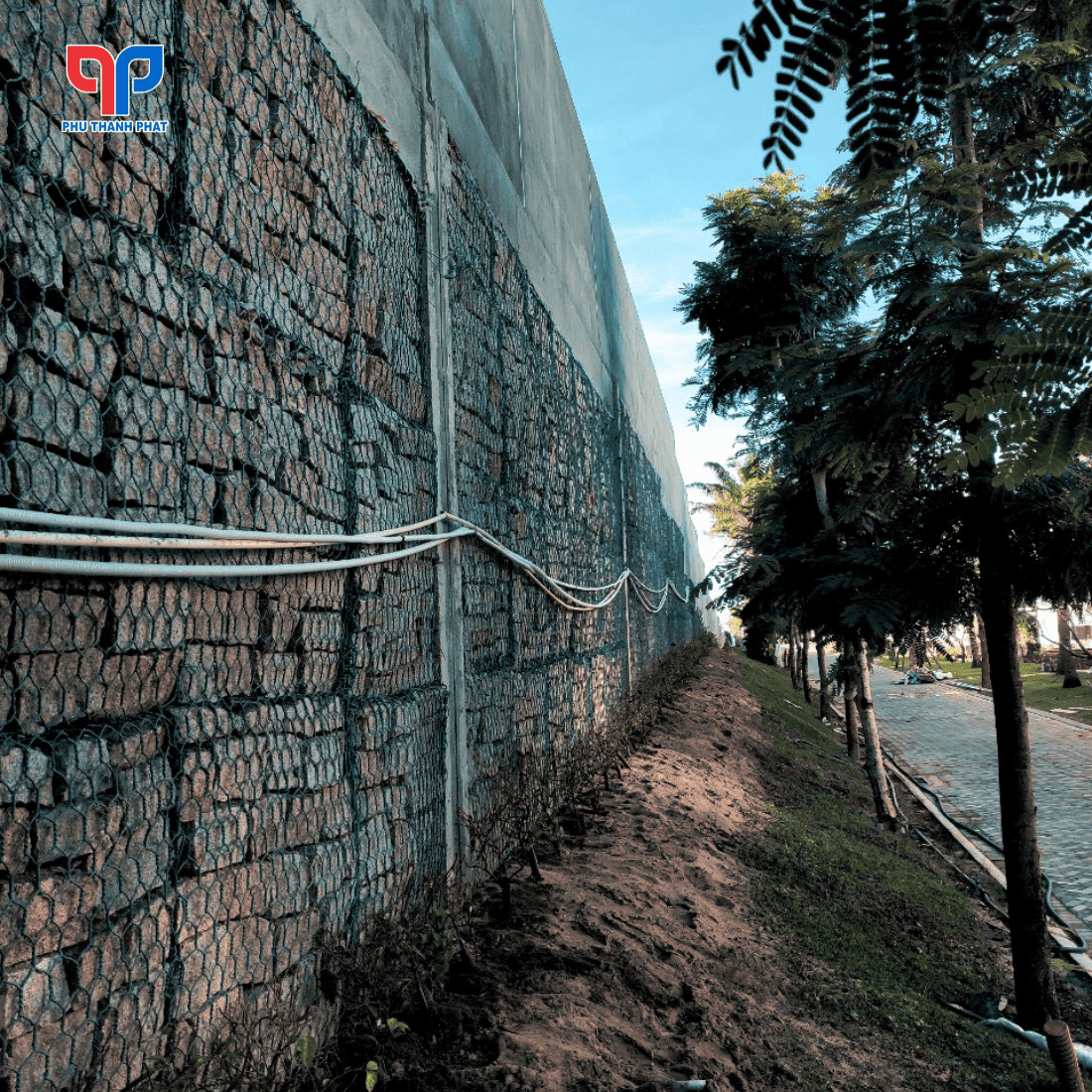
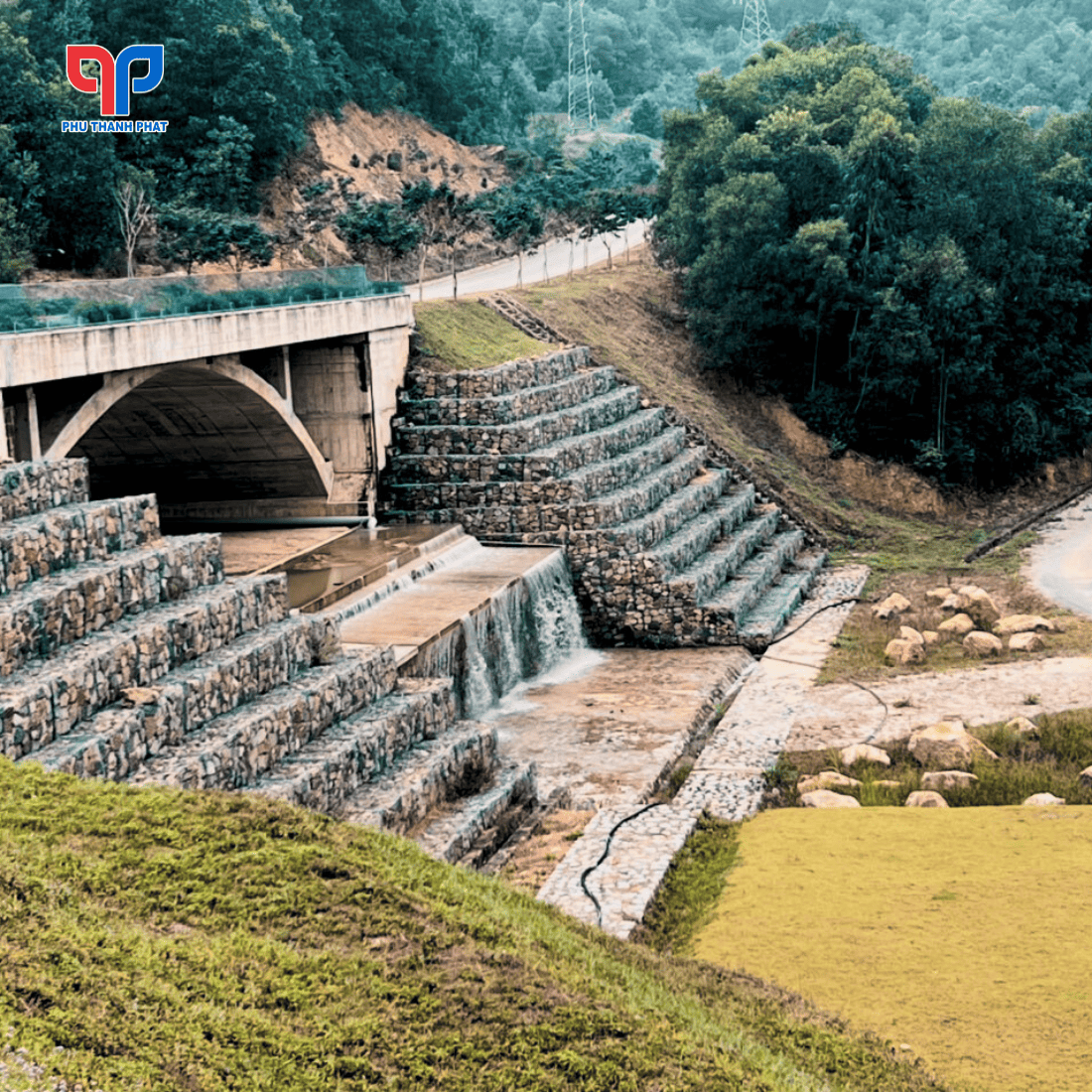
Conclusion
Gabion walls are a highly effective type of gravity retaining wall crucial for disaster prevention and landslide mitigation, particularly MSE walls with gabion facing. We hope this article has clarified the different types of earth retaining walls and the common applications of gabion wall systems. For any inquiries regarding construction, installation, or gabion wall pricing, please leave your contact information or reach out to Phu Thanh Phat directly for prompt assistance!
CONTACT INFORMATION
Head Office: 15 Street 5, Vinh Loc Residential Area, Binh Hung Hoa B Ward, Binh Tan District, Ho Chi Minh City
Hotline: 028.666.03482 – 0909.452.039 – 0903.877.809
Email: info@vaidiakythuat.com
